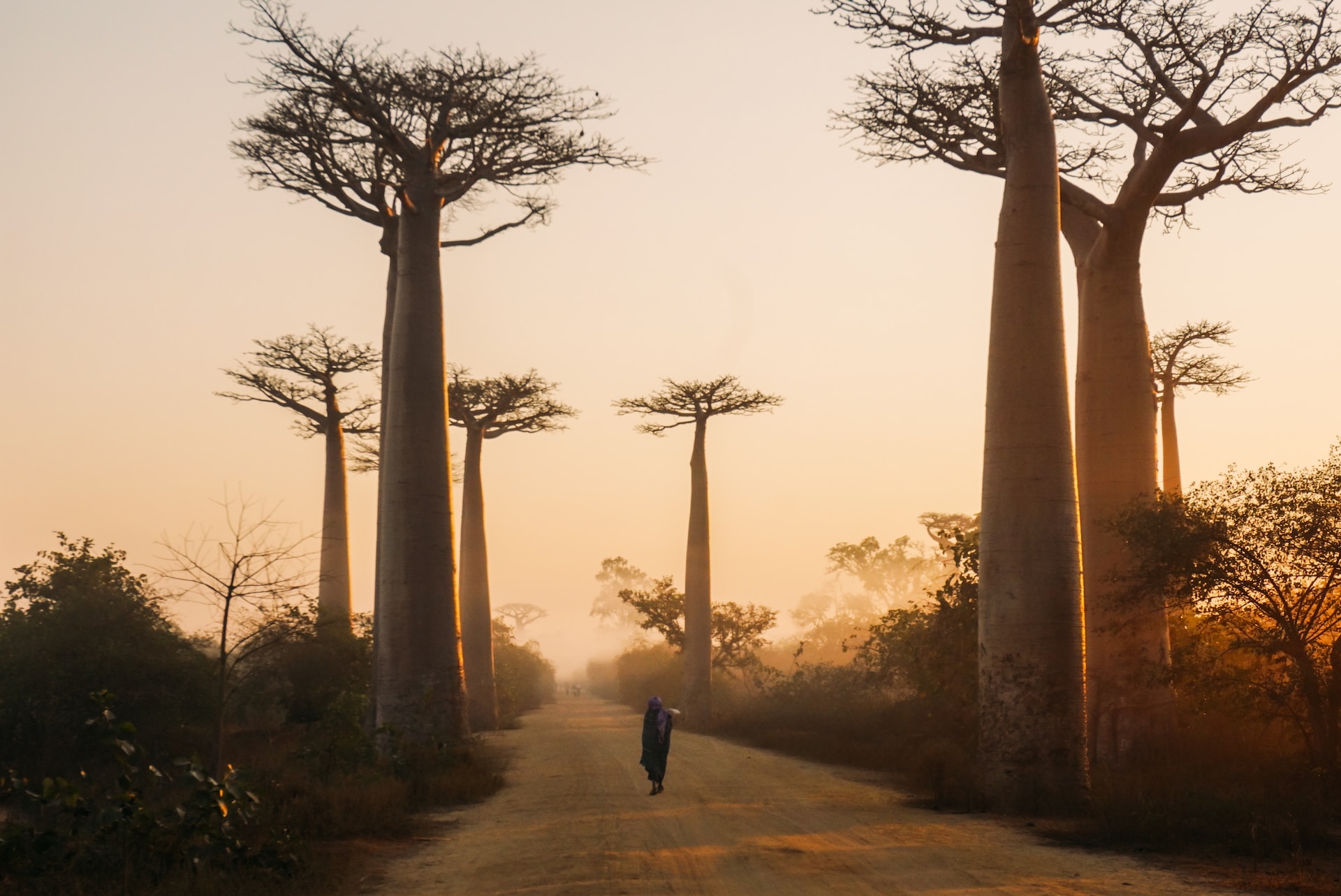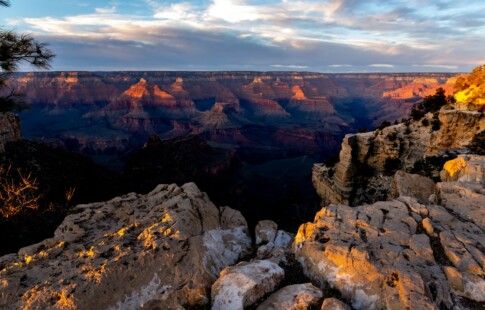
Life Disrupted: Social and Ecological Impacts of the Madagascar Drought
We are reader-supported. When you buy through links on our site, we may earn affiliate commission.
The Madagascar drought has led to widespread famine, malnutrition, and a devastating ecological crisis that will rattle the nation for years.
Drought comes with numerous social, economic, health, and environmental consequences, as people feel the strains of hunger, water scarcity, and inflation within households and the community. Sadly, these impacts may result in increasing tension and violence.
Let’s examine the ongoing drought in Madagascar — which experts say is a causality of climate change — and how it has impacted society and the environment.
The Madagascar Drought of 2018–2022
Between 2018 and 2023, the Madagascar drought swept across the southern region. Scientists have declared Madagascar’s famine the first entirely caused by climate change, despite some arguing against it.
However, food production estimates are exceedingly low amid arid conditions and little-to-no precipitation. The Madagascar drought has left 282,000 people facing Phase 4 acute food insecurity, with children enduring the most malnutrition. Likewise, about 14,000 people were in Phase 5 in June 2021.
Historically, Madagascar has long endured periods of drought, which have led communities to the brink of starvation. Yet, many have called this particular one the worst in 40 years. Drought may be a regular occurrence in this part of the world, but one cannot deny the likelihood of climate change exacerbating the effects.
5 Social and Ecological Implications of the Madagascar Drought
The ongoing drought in Madagascar has disrupted life, especially in the southern region. Without adequate precipitation, farmers struggle to grow crops and contribute to the economy. People then do not have enough food or water to survive.
Likewise, a prolonged drought significantly affects the environment, including wildlife. Even when the drought subsides, it will take a long time for Madagascar to recover. Here are five social and environmental impacts of the Madagascar drought on the nation.
1. Famine and Malnutrition
One of the worst-felt implications of the Madagascar drought is hunger and malnutrition — a reminder of the catastrophic impacts climate change has on human suffering.
Nearly 91% of Madagascar’s population lives in poverty. Throughout southern Madagascar, 95% rely on agriculture, livestock, and fishing. Below-average precipitation has instead hindered rice and cassava production and resulted in more significant livestock fatalities.
Famine is especially dire for children under five years of age, with 16.5% of children now malnourished. Another 27% face life-threatening conditions due to hunger.
2. Migration and Displacement
As more people slip into hunger and poverty, displacement and migration become all the more prevalent. Like most regions with a perpetual food crisis, communities in Madagascar have left their homes and livelihoods in search of food and necessities.
According to the Internal Displacement Monitoring Centre, 291,000 people were displaced within the country — about 73,000 from the ongoing drought. This is the highest overall displacement since 2017, when 248,000 fled in search of better conditions.
Migrating elsewhere for new opportunities presents other problems, though. Human trafficking, discrimination, and gender-based violence are just some of the more dangerous implications.
3. Increasing Conflicts
Although it is well-known that armed conflict could lead to food insecurity, others say famine could also lead to social unrest. For instance, the rising cost of food and other goods could trigger tensions among people or nations.
In southern Madagascar, the drought has caused community-wide conflicts like livestock theft, assault, murder, and kidnapping. Organized gangs of “dahalo” — bandits — killed 32 people in Ankazobe by setting homes and people ablaze — including women and children — in July 2022. People also know the dahalo steal essential supplies and food aid, worsening the crisis across the nation.
Women are especially at a heightened risk of violence, as fetching water, farming, and meal prep fall under their domestic responsibilities. As food and water scarcity strike, many face domestic violence or public harm.
4. Loss of Biodiversity
Many recognize Madagascar for its unique flora and fauna, including ring-tailed lemurs, tenrecs, the indri, and the fossa. Sadly, researchers predict that 3 million years worth of mammals are lost or recently extinct. Additionally, if all of Madagascar’s threatened species were to go extinct, it would amount to 20 million years of species.
Drought is one of the many factors of desertification, which depletes the environment of its resources and hinders plants and wildlife from flourishing. Naturally, prolonged droughts and dry conditions increase the risk of wildfires, too.
Wildfires burned 15 square miles of lemur habitat throughout Madagascar’s Ankarafantsika National Park in late 2021, deemed “unprecedented damage” to the environment and wildlife in the area.
There is no easy reversal of biodiversity loss, either. Now, scientists recommend protecting land from further deforestation, improving local economies, and implementing sustainable harvesting of livestock and wood.
5. Water Scarcity
According to the Mayo Clinic, men should drink about 3.7 liters of water daily, while women require about 2.7 liters. However, consuming enough water is one of the many challenges facing Madagascar communities, as the drought has affected water scarcity as much as famine.
Water prices have risen by 300% in Madagascar, where most people earn $1.90 daily. Some have had to forgo their children’s education to afford this essential resource. Then, water safety becomes a problem.
Clean water is inaccessible to 13 million people in Madagascar — half the country’s population. Nearly 6,500 children under five die from diarrhea caused by dirty water and poor sanitation annually. Additionally, only 36% of households in rural areas have access to updated water facilities, such as bore drilling. However, low groundwater levels and high salinity make this method ineffective most of the time.
Fighting Climate Change Is Madagascar’s Best Defense Against Droughts
If climate change is solely the cause of Madagascar’s recent drought, the world can help by mitigating climate change. Limiting deforestation and reducing carbon emissions must be a top priority for the country. The fight against climate change must also include water conservation, sustainable agriculture, and proper forest management.
Change won’t occur overnight, and finding a solution will take trial and error — but with little time to spare for people’s lives, Madagascar must begin efforts immediately.
Share on
Like what you read? Join other Environment.co readers!
Get the latest updates on our planet by subscribing to the Environment.co newsletter!
About the author
Steve Russell
Steve is the Managing Editor of Environment.co and regularly contributes articles related to wildlife, biodiversity, and recycling. His passions include wildlife photography and bird watching.





